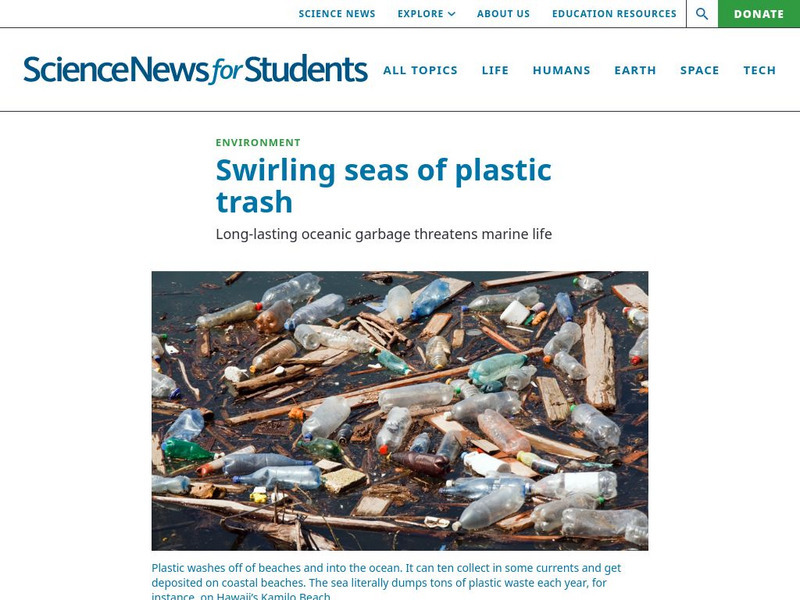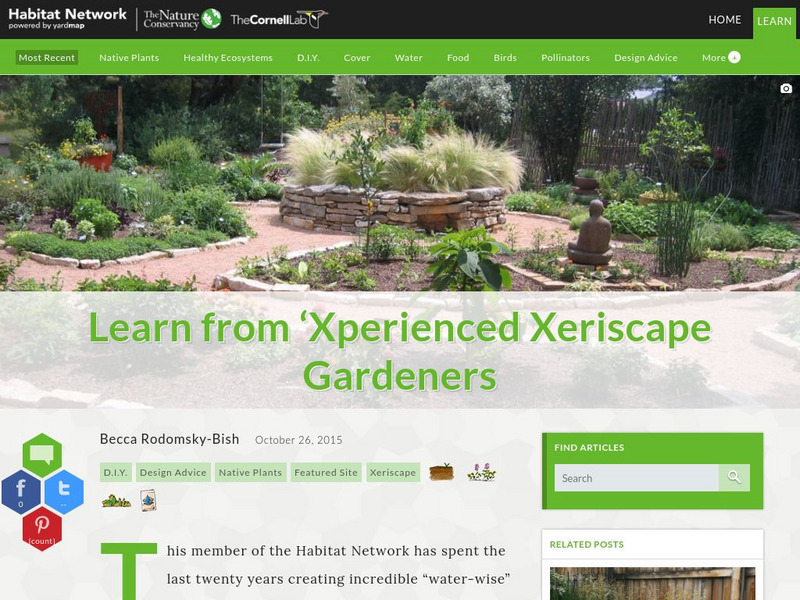NASA
Write the Book on Weather Metrics
It's not easy to measure the weather. Pupils learn about what all weather has in common—the atmosphere. Scholars discover how a meteorologists must be able to measure aspects of the atmosphere and decipher the data. They then create a...
NASA
Taking Apart the Light
Break down light into spectra. Scholars learn how atoms emit and absorb photons and come to understand how this process allows scientists to identify different atoms based on either absorption lines or emission lines. Learners then...
US Geological Survey
Usgs: North Carolina District Science Plan
The North Carolina District of the Water Resources Discipline, U.S. Geological Survey (USGS), is committed to collecting hydrologic data and conducting hydrologic investigations of the highest quality. North Carolina District staff...
Other
Ancient History: 10 Ancient Greek Inventions and Discoveries Still Used Today
Ten of the important inventions and innovations of the ancient Greeks are described. These include the water mill, the odometer, alarm clocks, cartography, the Olympics, geometry, Hippocratic medicine, philosophy, democracy, and...
Society for Science and the Public
Science News for Students: Swirling Seas of Plastic Trash
Describes the multitude of plastic trash scientists have found on a beach in Hawaii and in the oceans. Explains what a gyre is, and how plastic trash gets trapped in the eye of a gyre. Looks at the serious impact plastic materials have...
Cornell Lab of Ornithology
Habitat Network: Learn From 'Xperienced Xeriscape Gardeners
Find out how landscapers are using a gardening technique that uses little water.
Cornell Lab of Ornithology
Habitat Network: The Seven Principles of Xeriscape
Find out how landscapers are using a gardening technique that uses little water.
Cornell Lab of Ornithology
Habitat Network: Habitat Feature: Sun Perches
See why many species use perches near their water source to take in the sun's warmth.







